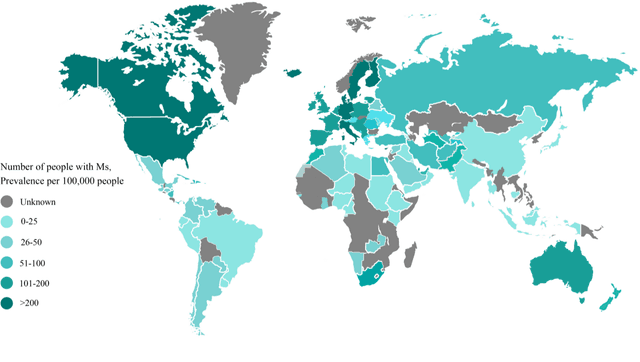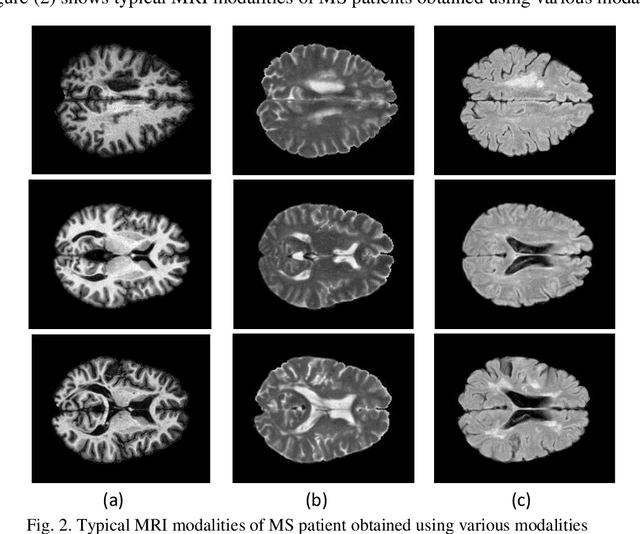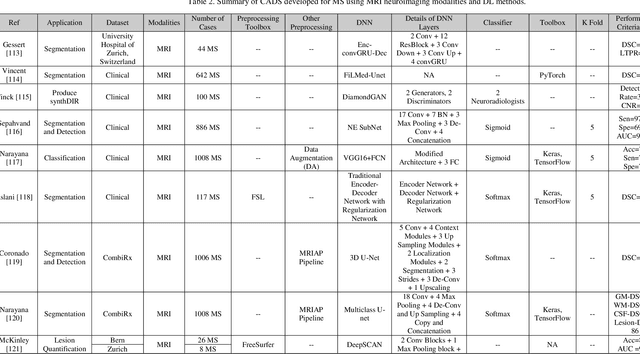Mitra Rezaei
Single Input Multi Output Model of Molecular Communication via Diffusion with Spheroidal Receivers
May 22, 2024Abstract:Spheroids are aggregates of cells that can mimic the cellular organization often found in tissues. They are typically formed through the self-assembly of cells in a culture where there is a promotion of interactions and cell-to-cell communication. Spheroids can be created from various cell types, including cancer cells, stem cells, and primary cells, and they serve as valuable tools in biological research. In this letter, molecule propagation from a point source is simulated in the presence of multiple spheroids to observe the impact of the spheroids on the spatial molecule distribution. The spheroids are modeled as porous media with a corresponding effective diffusion coefficient. System variations are considered with a higher spheroid porosity (i.e., with a higher effective diffusion coefficient) and with molecule uptake by the spheroid cells (approximated as a first-order degradation reaction while molecules diffuse within the spheroid). Results provide initial insights about the molecule propagation dynamics and their potential to model transport and drug delivery within crowded spheroid systems.
Applications of Deep Learning Techniques for Automated Multiple Sclerosis Detection Using Magnetic Resonance Imaging: A Review
May 11, 2021



Abstract:Multiple Sclerosis (MS) is a type of brain disease which causes visual, sensory, and motor problems for people with a detrimental effect on the functioning of the nervous system. In order to diagnose MS, multiple screening methods have been proposed so far; among them, magnetic resonance imaging (MRI) has received considerable attention among physicians. MRI modalities provide physicians with fundamental information about the structure and function of the brain, which is crucial for the rapid diagnosis of MS lesions. Diagnosing MS using MRI is time-consuming, tedious, and prone to manual errors. Hence, computer aided diagnosis systems (CADS) based on artificial intelligence (AI) methods have been proposed in recent years for accurate diagnosis of MS using MRI neuroimaging modalities. In the AI field, automated MS diagnosis is being conducted using (i) conventional machine learning and (ii) deep learning (DL) techniques. The conventional machine learning approach is based on feature extraction and selection by trial and error. In DL, these steps are performed by the DL model itself. In this paper, a complete review of automated MS diagnosis methods performed using DL techniques with MRI neuroimaging modalities are discussed. Also, each work is thoroughly reviewed and discussed. Finally, the most important challenges and future directions in the automated MS diagnosis using DL techniques coupled with MRI modalities are presented in detail.
 Add to Chrome
Add to Chrome Add to Firefox
Add to Firefox Add to Edge
Add to Edge